Servo Motors, how do they work?
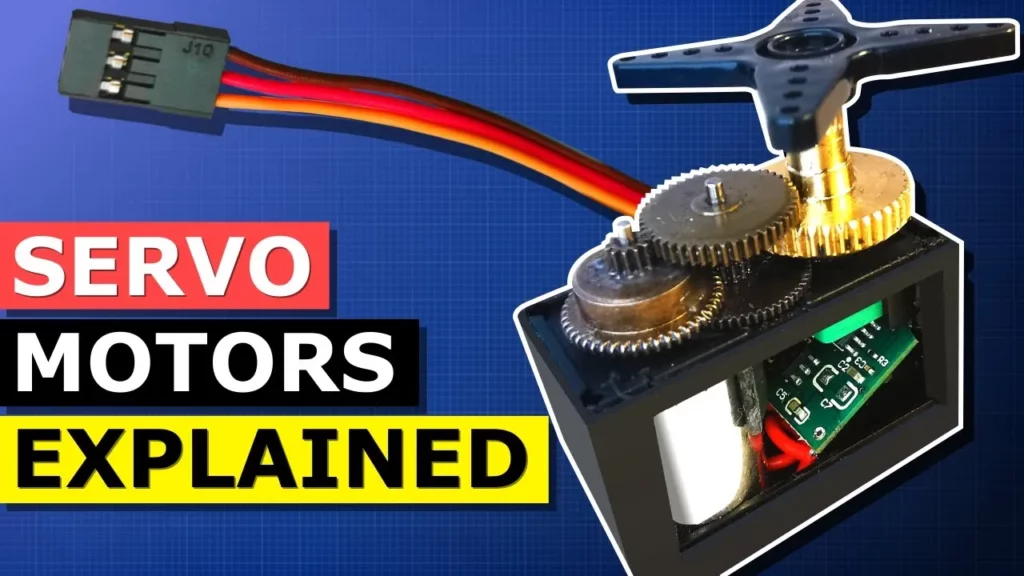
This lesson provides an overview of servo motors, highlighting their role in precision engineering and various applications such as robotics and remote control devices. It explains the mechanics of servo motors, including their types (closed-loop and open-loop), key features like torque ratings, and internal components that facilitate precise movement control. Additionally, the lesson outlines how to program a servo motor using an Arduino, enabling users to control its position through pulse width modulation and a potentiometer, paving the way for more complex engineering projects.
How Manual Transmission works – automotive technician shifting

This lesson provides an in-depth overview of manual transmission systems in vehicles, highlighting their essential components and mechanics. It explains the driver’s active role in gear shifting, the significance of torque and gear ratios, and the function of synchronizers for smooth transitions. Ultimately, the lesson emphasizes the hands-on experience manual transmission offers to automotive enthusiasts and encourages further exploration of automotive engineering.
Plate Heat Exchanger Applications and working principle hvac heat transfer
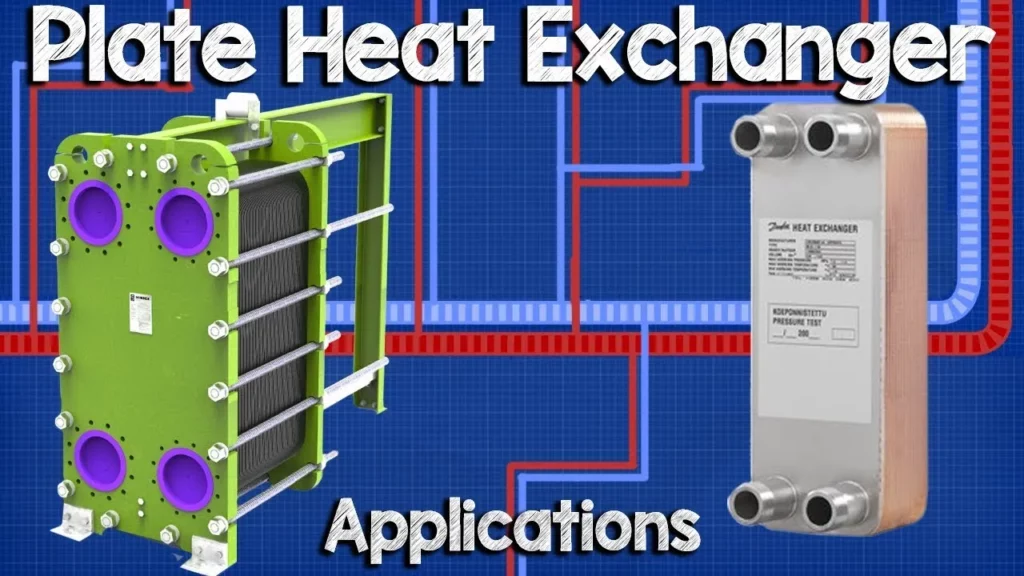
This lesson provides an overview of plate heat exchangers, essential components in HVAC systems and various industrial applications, highlighting their types, working principles, and uses. It explains the differences between gasket, welded, and brazed plate heat exchangers, detailing their advantages and specific applications, such as in district heating, HVAC systems, and manufacturing processes. Additionally, the lesson emphasizes the importance of fluid flow configurations, particularly counterflow, in optimizing heat transfer efficiency.
Step Down Transformer Calculations – A Quick and Easy Guide

The lesson on step-down transformers explains how these devices reduce voltage while increasing current, utilizing the difference in the number of wire turns between the primary and secondary sides. It covers essential calculations, including determining input voltage, the number of turns, and current on both sides, while emphasizing the importance of power consistency across the transformer. Understanding these principles and formulas enhances our appreciation of how transformers efficiently manage electricity in everyday applications.
Motor speed controller tutorial – PWM how to build

In this tutorial, we learn how to build a pulse width modulation (PWM) speed controller for a DC motor using a 555 timer and a MOSFET. The guide covers the entire process from circuit design in Altium Designer to creating a printed circuit board (PCB), including component connections, protective measures, and testing the prototype. By the end, you’ll be able to control motor speed effectively and gain insights into electronics engineering.
How Inverters Work – Working principle rectifier
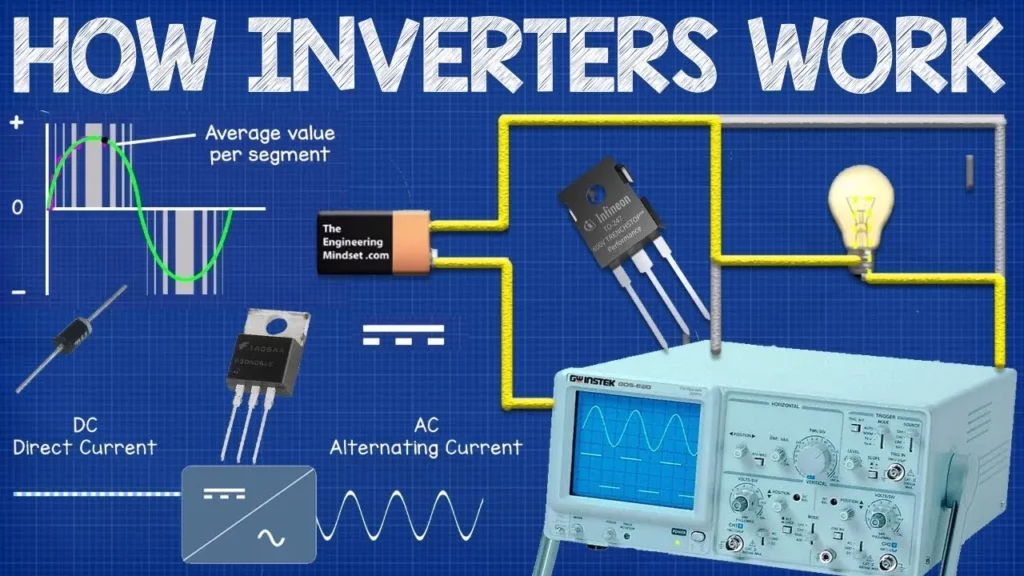
In this lesson, we explored the function and applications of inverters, which are devices that convert Direct Current (DC) into Alternating Current (AC) to power household appliances and industrial machines. We discussed the basic principles of how inverters work, including the use of electronic components to create smoother waveforms and advanced techniques like Pulse Width Modulation (PWM) for precise control in motor applications. Understanding inverters is essential for effective energy management in both residential and industrial settings.
Chiller – Oil lubrication and cooling

The lesson on the chiller oil lubrication and cooling system highlights its critical role in ensuring the efficiency and longevity of chillers by circulating lubrication oil to minimize friction and wear on mechanical parts. Key components include the oil sump pump chamber, which maintains oil viscosity through heating, and the heat exchanger, which cools the oil before it reaches the compressor. Regular maintenance and monitoring are essential to prevent contamination and ensure optimal performance.
CALCULATE Chiller cooling capacity – Cooling Load kW BTU Refrigeration Ton
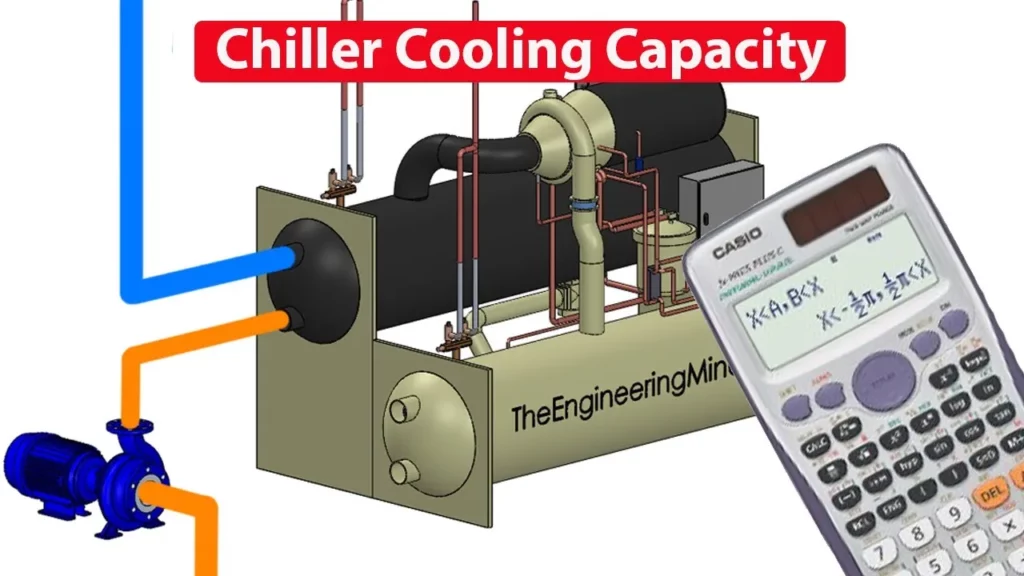
This lesson provides a comprehensive overview of how to calculate the cooling capacity of a chiller, focusing on essential parameters such as volume flow rate, inlet and outlet water temperatures, and the properties of water. It details both metric and imperial calculations, illustrating the process with examples to determine cooling capacity in kilowatts, refrigeration tons, and BTUs per hour. Understanding these calculations is vital for optimizing the performance of cooling systems in various applications.
5V Regulator design tutorial – How it works, how to design PCB altium

This lesson provides a comprehensive guide on designing a 5V voltage regulator circuit using the LM7805 integrated circuit and creating a printed circuit board (PCB) with Altium Designer. It covers the importance of voltage regulation for protecting electronic components, the role of capacitors and diodes in ensuring stability and protection, and the step-by-step process of testing the circuit on a breadboard before finalizing the PCB design. By the end of the tutorial, learners will have a functional power supply capable of charging devices, enhancing their understanding of electronics and PCB design.
Refrigerant Retrofit Guide
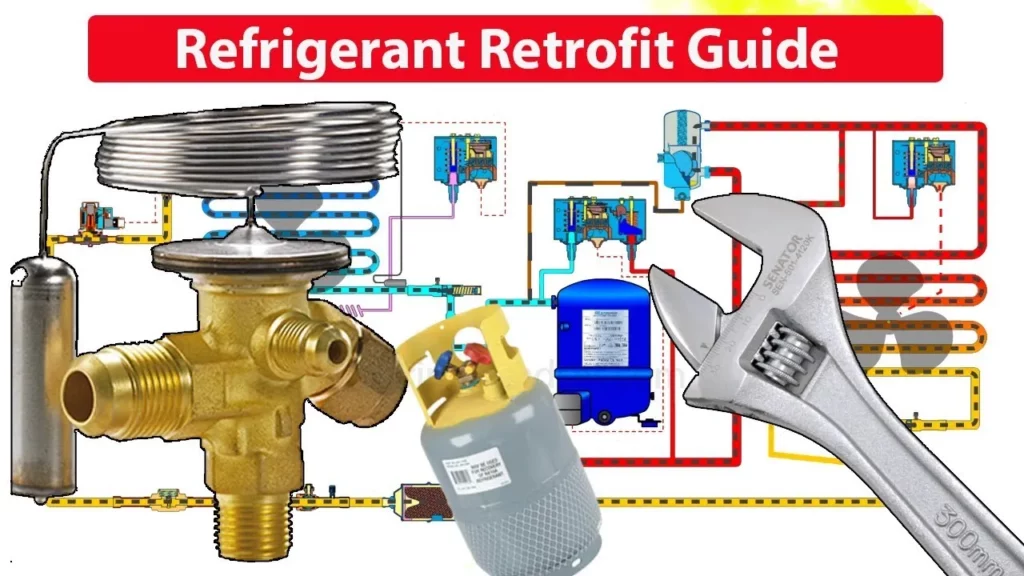
The Refrigerant Retrofit Guide outlines the essential steps and considerations for transitioning HVAC refrigeration systems to environmentally friendly refrigerants. It emphasizes the importance of assessing compatibility, collecting operational data, and evaluating key components such as compressors, condensers, and expansion devices before retrofitting. By following the outlined procedures, businesses can extend the lifespan of their systems while adhering to regulatory changes and achieving financial benefits.